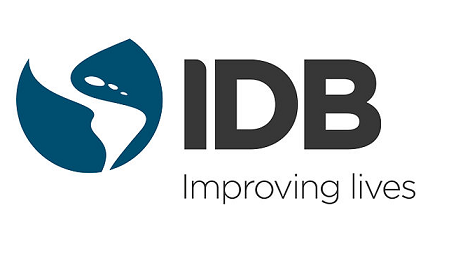IDB to double financing for climate change
The Inter-American Development Bank (IDB) will increase climate related financing by between 25 per cent and 30 per cent by 2020. Established in 1959, the IDB is a leading source of long-term financing for economic, social and institutional development

The Inter-American Development Bank (IDB) will increase climate related financing by between 25 per cent and 30 per cent by 2020.
Established in 1959, the IDB is a leading source of long-term financing for economic, social and institutional development in Latin America and the Caribbean.
The bank committed to this increased funding in an announcement made last week.
The bank has also pledged to screen all relevant projects for climate risks and resilience starting in 2018. This will increase investments in adaptation, particularly for countries within the region that are most vulnerable to the impacts of climate change.
To date 17 governments from Latin America and the Caribbean have submitted Intended Nationally Determined Contributions (INDCs) in advance of COP21.
The IDB’s new climate finance goal is intended to assist these countries in meeting their commitments.
To that end, the IDB will increase the use of instruments to leverage private sector finance, including financing for adaptation and climate resilience.
The IDB will also consolidate its private sector operations into a single entity that will begin to operate on January 1, 2016.
Sponsored Content
This will enhance its ability to develop and offer innovative financial products, such as green bonds.
The new climate finance goal is dependent on demand from the IDB’s clients as well as the Bank’s continued access to external sources of concessional finance, including the Climate Investment Funds, the Green Climate Fund and bilateral funds.
The aspirational goal will also need to be formalised by the IDB’s Governors.
To accelerate these efforts to mainstream climate and sustainability throughout the IDB Groups operations, the Bank is also considering the implementation of changes to its climate and sustainability division.
This will allow it to have a much broader impact in both the public and private sectors.
The new goal is based on the Joint Approach of the Multilateral Development Banks for Tracking Climate Finance.
Based on this methodology, the IDB has devoted a yearly average of 14 per cent of its financing to climate-related projects over the past three years (2012-2014). Doubling that volume would lead to a level of climate lending averaging between 25 per cent and 30 percent of the Bank’s total approvals by 2020.





